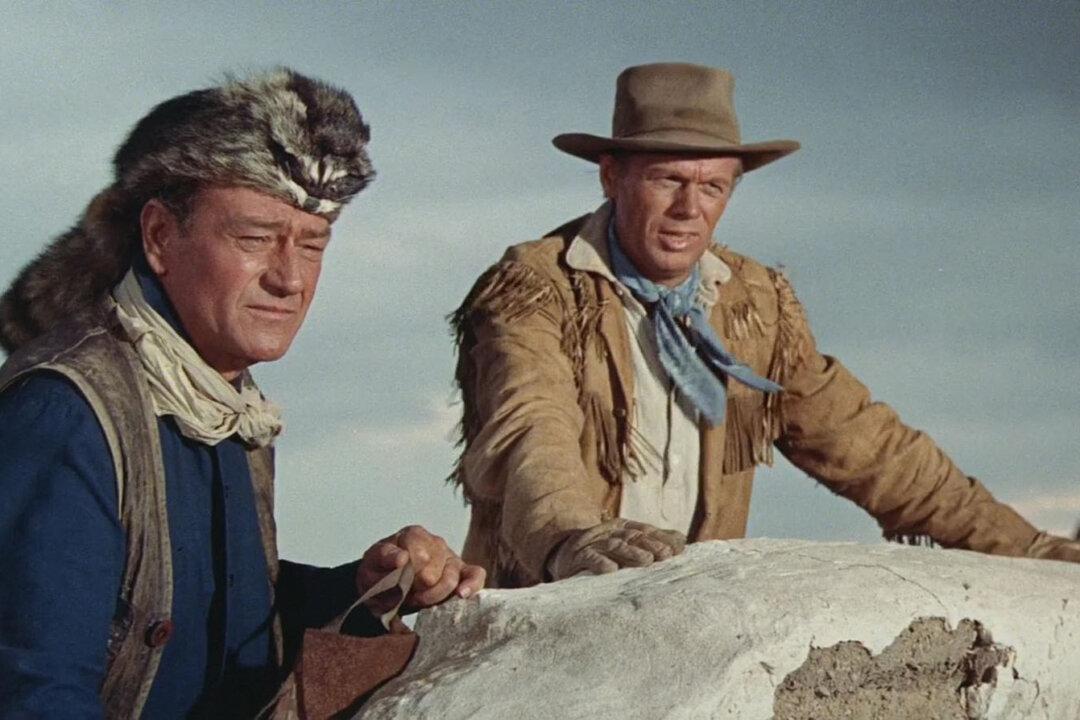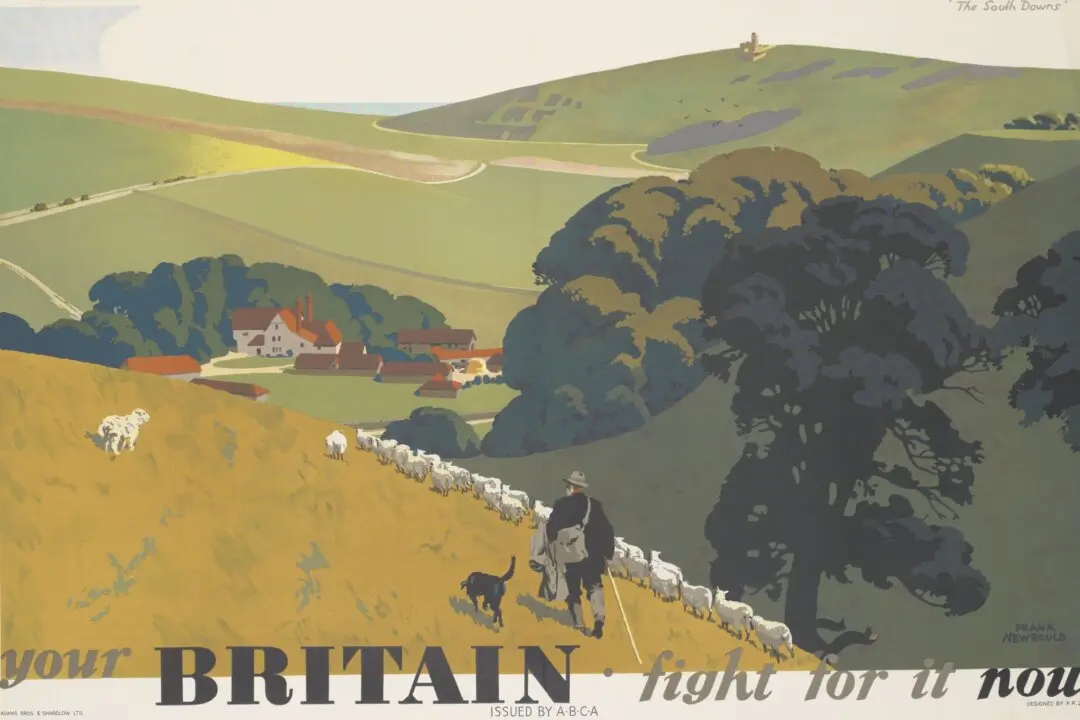NR | 2h 42m | Adventure, Drama, History | 1960
I’ve always been a big appreciator of legendary American actor, director, and producer John “The Duke” Wayne (born Marion Robert Morrison). Although his acting range wasn’t that wide, his star power was undeniable. One of the things that was most impressive about Wayne was how his rise to fame encapsulated the good, old-fashioned American values of self-reliance and perseverance.






